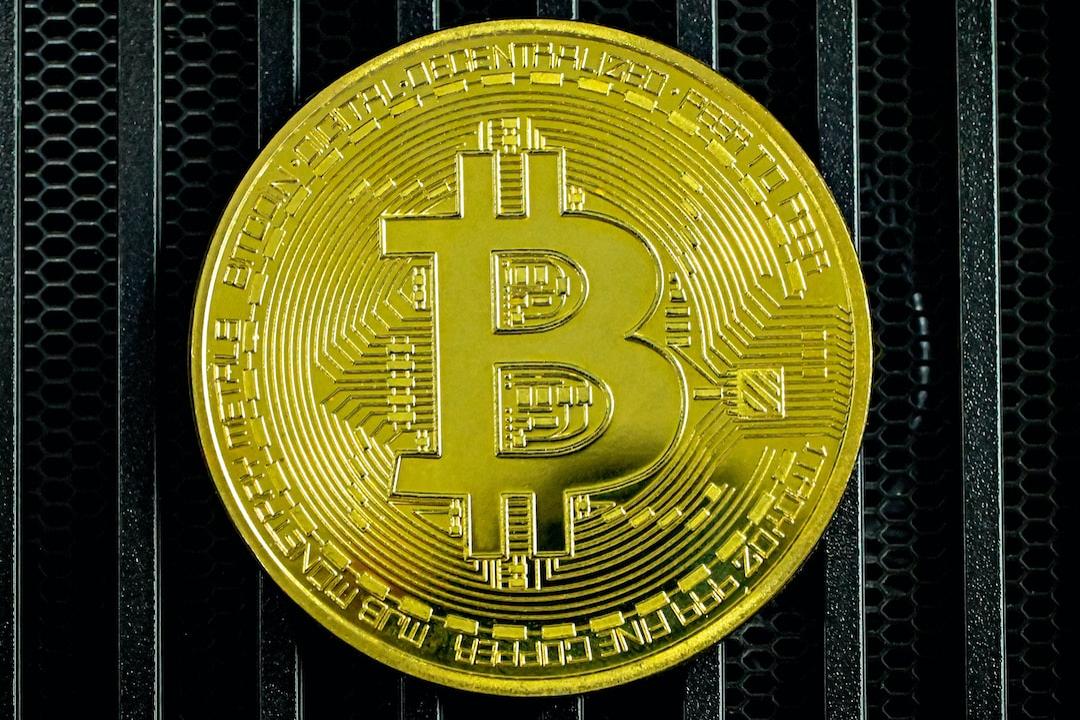Former Wall Street executive and CEO of Custodia Bank Caitlin Long’s harsh criticisms of Ripple

$
have ignited a lively debate, spearheaded by Ripple’s CTO David Schwartz, eager to clarify misconceptions. Appearing on the Gold Goats’n Guns podcast, Long characterized the XRP Ledger as a centralized and lagging network in terms of progress. She cited Ripple’s belated entry into the stablecoin market with RLUSD as a testament to its failures. Schwartz, in response, invited open discussion by recalling the decentralized structure of the XRP Ledger and the locking of 55 billion XRP units back in 2017.
Centralization Claims and Counterarguments
Long began her critique of Ripple and XRP by asserting, “Banks have always been skeptical of the XRP Ledger because it’s centralized.” According to her, despite a decade of operation, the network has yet to come close to becoming a new payment standard. The pre-mined 100 billion coins, of which 20 billion were reserved for the founders while another 55 billion were locked in Ripple’s escrow accounts in 2017, have fueled transparency debates. Critics argue this distribution permanently overshadows the coin’s economy, with the SEC‘s lawsuit in 2020 being central to the centralization claims.

Additionally, Long pointed to Ripple’s focus on the RLUSD stablecoin as an admission that the initial layer failed to achieve widespread adoption. While minted on the XRP Ledger, the bulk of RLUSD’s supply resides in Ethereum 
$
3,813 addresses, reinforcing the centralization argument. The skepticism from central banks and major financial institutions towards distributed networks has prevented XRP Ledger from achieving its transformative potential in the payment sector, which was a recurring theme during the podcast.
David Schwartz Extends an Invitation for Dialogue
David Schwartz, reaching out via social media, expressed his willingness to “talk facts,” also urging the Ripple community to stay calm. He explained that at the time of XRP’s launch in 2012, the coin had no inherent value, and most network validators operate independently of Ripple. Moreover, Schwartz clarified that the RLUSD was designed to showcase the Blockchain’s smart contract capabilities. Some supporters believe these explanations may compel Long to publicly join the debate.
Part of the community argues against Long’s statement that “if [dominance] was going to happen, it would have already,” noting that Ripple’s efforts to integrate with banks face prolonged regulatory obstacles. However, some investors are curious about how Schwartz will defend the substantial XRP reserves allocated to the founders during any potential public discourse.


